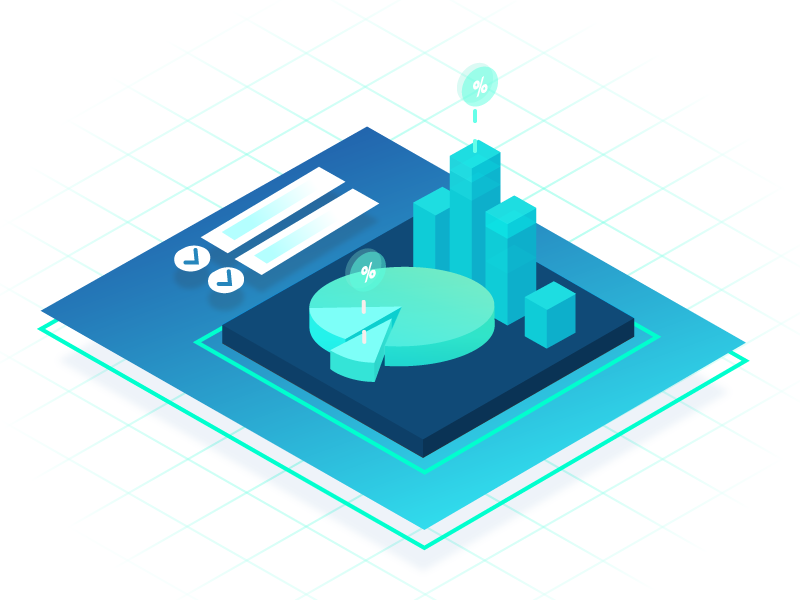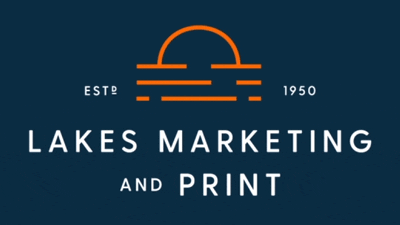Data Mining Is Possible

Powerful personalized print and digital campaigns start with great data. But data, by itself, is just that — data. For it to be useful, data has to be understood, analyzed, and organized in a way that marketers can use to understand, speak to, and motivate their audiences. This process is called data mining.
Data mining is a scary phrase for many marketers, but it doesn’t need to be. While it as often seen as within the purview of only the largest companies, the basic process is actually well within the grasp of any sized marketer.
There are three steps to data mining:
- Know what data is available.
- Ask questions about that data.
- Look for useful relationships.
The first step is to understand the headings in your database. What data are you capturing? Most databases have basic information, such as name, address and purchase history. Are you also capturing information such as age, gender, and home ownership? If so, this tells you the types of queries you can run.
Running queries is the second. “Running queries” simply means asking questions of the data. If you are a retailer, you might ask, “Which customers purchased hardwood flooring last month?” If you know that these customers are also likely to purchase area rugs and hardwood conditioning products, this gives you a great start.
Third is to run a variety of sorts. Is there a relationship between hardwood flooring and gender? How about income? You might find that data you once thought irrelevant, such as the date of purchase, has more relevance than you think.
Even basic software, such as Microsoft Excel or Microsoft Access, provides data mining capabilities. You can also purchase add-on data mining modules or third-party software or work with a third-party data house that specialize in this process. Costs can be very reasonable.
So get curious. Take a few hours to run a variety of sorts just to see what you can find. That curiosity could pay off big.
